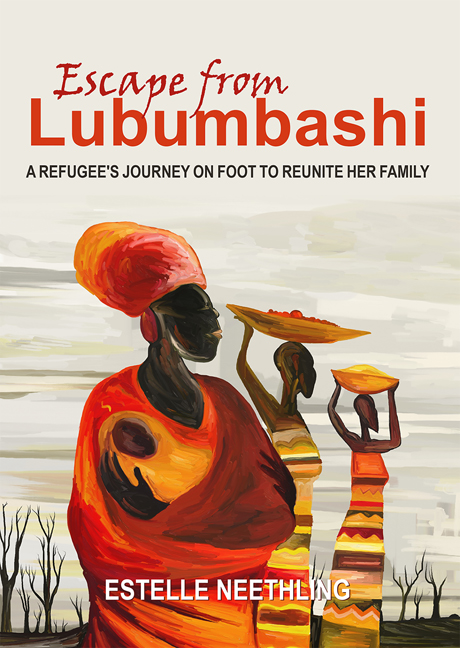14 - Fear in a time of xenophobia
Summary
‘If you’re going through hell, keep going’ – Winston Churchill
Adolphine's hope of a peaceful future for her and her family in her adoptive country was shattered at the time of the outbreak of xenophobic violence against so-called foreigners in South Africa in May 2008.
Stunned shockwaves reverberated across the world on the day photographs of the twenty two year old Mozambican migrant Ernesto Nhamuave were published. He had been cornered by a bloodthirsty mob, doused with fuel and set alight in Ramaphosa informal settlement on Johannesburg's East Rand at the height of South Africa's xenophobic violence during that fateful month.
It was reported that some local women onlookers laughed all through the horrific spectacle. His identity at first unknown, he was dubbed “the Flaming Man”. During the violence and its ugly aftermath, which lasted more than a year, it was especially this monstrous act, a week after the violence had erupted on 11 May, that seriously damaged the country's reputation as a land of peaceful reconciliation after the end of the apartheid regime. The comment of Nobel peace laureate Archbishop Emeritus Desmond Tutu at the time is perhaps most memorable: ‘The world is shocked, and is going to laugh at us and mock us. We are disgracing our Struggle heroes. Our children will condemn us in the future.”
Initially, only so-called foreigners were targeted during the two-week orgy of killing and looting, but as the violence escalated, it became more random, and there were reports of South African citizens also being targeted, with assaults on Shangaans, Pedis and other groups. The frightened victims first sought refuge at police stations, churches, mosques and other private and faith-based facilities. But when these facilities started to overflow, the South African government made community halls, unused school buildings and other premises available. Towards the end of May the scale of displacement had escalated to such an extent that the government established centres of safe shelter – basically refugee camps – through local and provincial governments in the affected areas.
According to the June 2009 report of the Consortium for Refugee and Migrant Affairs in South Africa (CoRMSA), [Protecting Refugees, Asylum Seekers and Immigrants in South Africa] the attacks displaced at least 100 000 people, probably many more. Close to 30 000 of these individuals left the country, largely migrating to Mozambique.
- Type
- Chapter
- Information
- Escape from LubumbashiA Refugee's Journey on Foot to Reunite her Family, pp. 78 - 85Publisher: University of South AfricaPrint publication year: 2021



